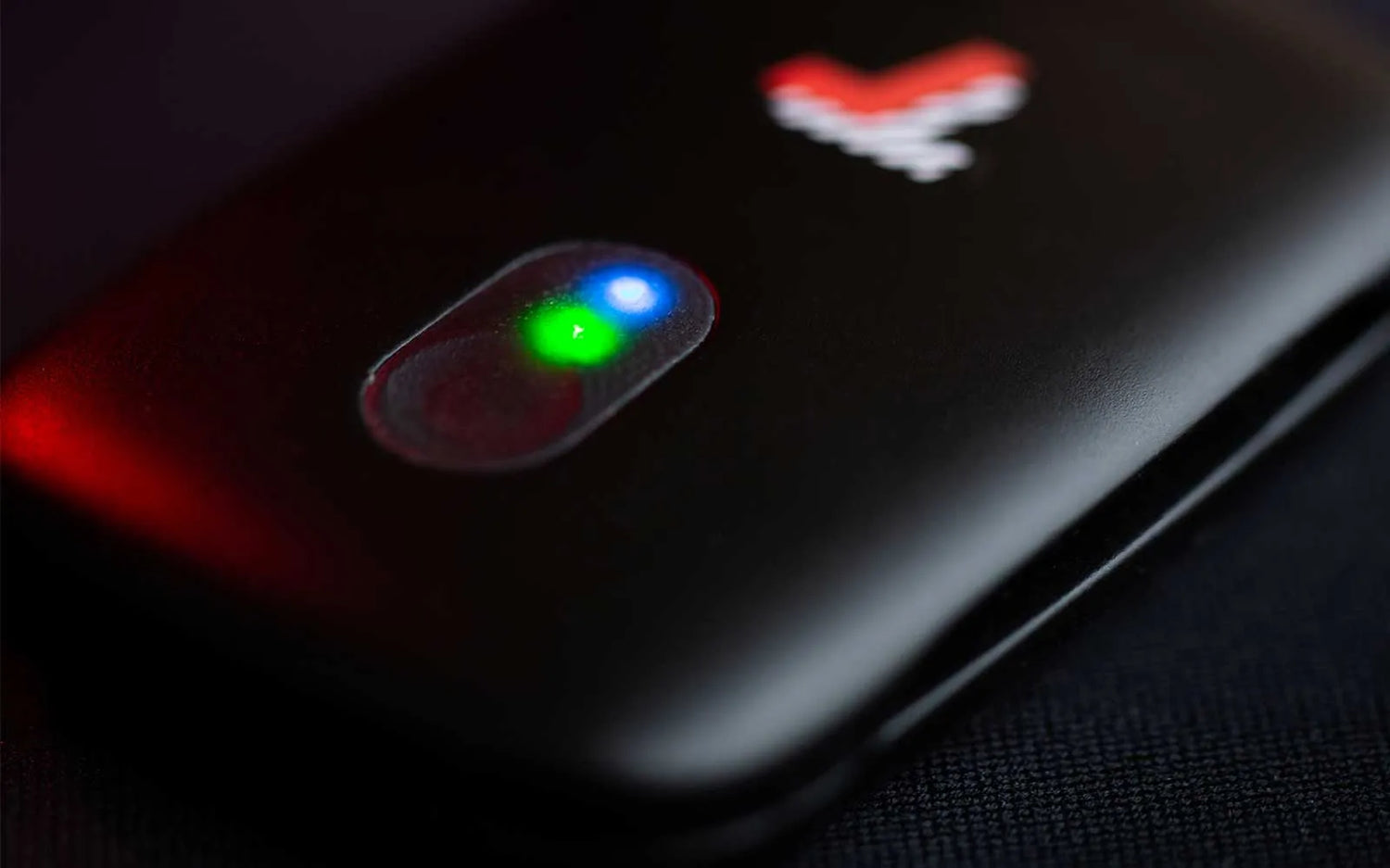In the world of sports and fitness, understanding the limits of our bodies is crucial for achieving peak performance. One key factor that often hinders athletes and fitness enthusiasts alike is muscle fatigue. Muscle oxygen sensors, a revolutionary technology, have emerged to help measure and monitor muscle fatigue during physical activities. In this article, we will delve into the significance of muscle oxygen sensors, how they work, and the benefits they offer in enhancing athletic performance.
What are Muscle Oxygen Sensors?
Muscle oxygen sensors are devices designed to measure the levels of oxygen saturation in the muscles. They provide real-time data, allowing athletes and trainers to gauge the oxygen supply to the muscles during exercise or physical exertion. These sensors come in various forms, from wearable bands to sophisticated equipment used in sports laboratories.
How Do Muscle Oxygen Sensors Work?
The technology behind muscle oxygen sensors is based on near-infrared spectroscopy (NIRS). NIRS works by emitting near-infrared light into the muscle tissue, which gets absorbed by oxygen-carrying proteins, primarily myoglobin and hemoglobin. By analyzing the light that is reflected back, the sensor can determine the oxygen levels in the muscles.

Importance in Sports Performance
Understanding muscle fatigue is crucial for optimizing athletic performance. Muscle oxygen sensors provide valuable insights into how well muscles are performing under stress. By monitoring oxygen levels, athletes can adjust their training intensity and recovery strategies, thus minimizing the risk of injury and improving overall performance.
Customizing Training Programs
One of the significant advantages of muscle oxygen sensors is the ability to customize training programs for individual athletes. Each person's body responds differently to exercise, and these sensors offer personalized data to tailor workouts for maximum efficiency.
Real-time Feedback
Gone are the days when athletes had to rely on guesswork during training sessions. Muscle oxygen sensors offer real-time feedback, allowing athletes and their trainers to make immediate adjustments based on the data received. This feedback loop can lead to better results in a shorter time.

Preventing Overtraining
Overtraining can be detrimental to an athlete's progress and well-being. Muscle oxygen sensors help detect early signs of overtraining by identifying decreases in muscle oxygen levels over time. This information allows athletes to take timely rest and recovery periods, preventing burnout and injuries.
Monitoring Endurance Levels
Endurance is a crucial aspect of many sports, and muscle oxygen sensors play a vital role in monitoring an athlete's endurance capacity. By understanding how muscles react to prolonged exertion, athletes can work on improving their endurance through targeted training.
Enhancing Recovery Strategies
Recovery is just as important as training in an athlete's routine. Muscle oxygen sensors can aid in devising effective recovery strategies by providing insights into how well the muscles are recovering after intense workouts.
Practical Applications in Various Sports
Muscle oxygen sensors find applications in a wide range of sports, including cycling, running, swimming, and team sports. Athletes from different disciplines can benefit from this technology, improving their performance and gaining a competitive edge.

Muscle Oxygen Sensors in Medical Rehabilitation
Beyond the realm of sports, muscle oxygen sensors also play a significant role in medical rehabilitation. Physical therapists and healthcare professionals use these sensors to assess and monitor muscle recovery in patients after injuries or surgeries.
Limitations and Challenges
While muscle oxygen sensors offer valuable data, they do have some limitations. Factors such as skin pigmentation and sensor placement can affect accuracy. Furthermore, the interpretation of data requires expertise to make informed decisions.
Future Innovations
As technology continues to advance, we can expect even more sophisticated muscle oxygen sensors. Future innovations may overcome the current limitations, making these devices even more accessible and accurate for athletes and medical professionals.
Conclusion
Muscle oxygen sensors have revolutionized the way athletes and fitness enthusiasts approach their training. By providing real-time data on muscle oxygen levels, these devices empower individuals to optimize their performance, prevent injuries, and enhance recovery. As technology progresses, muscle oxygen sensors will likely become a staple in sports and medical fields, supporting athletes and patients alike in achieving their goals.
Frequently Asked Questions
Q: Are muscle oxygen sensors safe to use?
A: Yes, muscle oxygen sensors are safe to use. They are non-invasive and do not emit harmful radiation.
Q: Can muscle oxygen sensors be used during competitions?
A: Some sports allow the use of muscle oxygen sensors during competitions, but it's essential to check the specific rules and regulations of each event.
Q: Are muscle oxygen sensors only for professional athletes?
A: No, muscle oxygen sensors can benefit anyone interested in optimizing their physical performance, from professional athletes to fitness enthusiasts.
Q: Where can I get muscle oxygen sensors?
You can find muscle oxygen sensors at specialized sports equipment stores or through online retailers.



